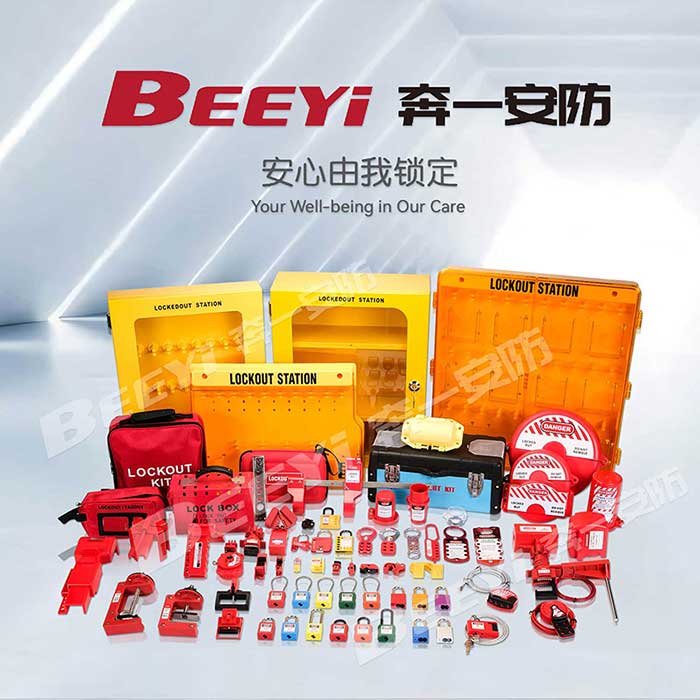Electrical maintenance and repair work often involve risks, especially when it comes to handling live electrical equipment. To mitigate these hazards, a comprehensive lockout/tagout (LOTO) procedure is critical. The Electrical Equipment Lockouts Installation Guide provides a systematic approach to securing electrical equipment and ensuring the safety of workers performing maintenance tasks. This guide outlines the key steps, best practices, and essential precautions to follow during the installation of lockout devices to protect workers from electrical hazards.

1. Understanding Lockout/Tagout (LOTO) Lockout/tagout (LOTO) is a safety protocol designed to prevent the accidental release of hazardous energy while servicing equipment. In the context of electrical equipment, this means ensuring that all energy sources are securely isolated and that electrical devices cannot be accidentally energized. The use of lockout devices such as padlocks, tags, and other safety mechanisms ensures that electrical equipment remains de-energized and inaccessible to unauthorized personnel. 2. Identifying the Equipment The first step in the lockout/tagout process is identifying the equipment that needs to be locked out during maintenance or repairs. Electrical equipment includes panelboards, switches, circuit breakers, and disconnect switches. It is crucial to thoroughly examine the electrical setup to determine which devices need to be isolated from energy sources. This helps create a checklist for the lockout/tagout procedure, ensuring all necessary equipment is addressed.